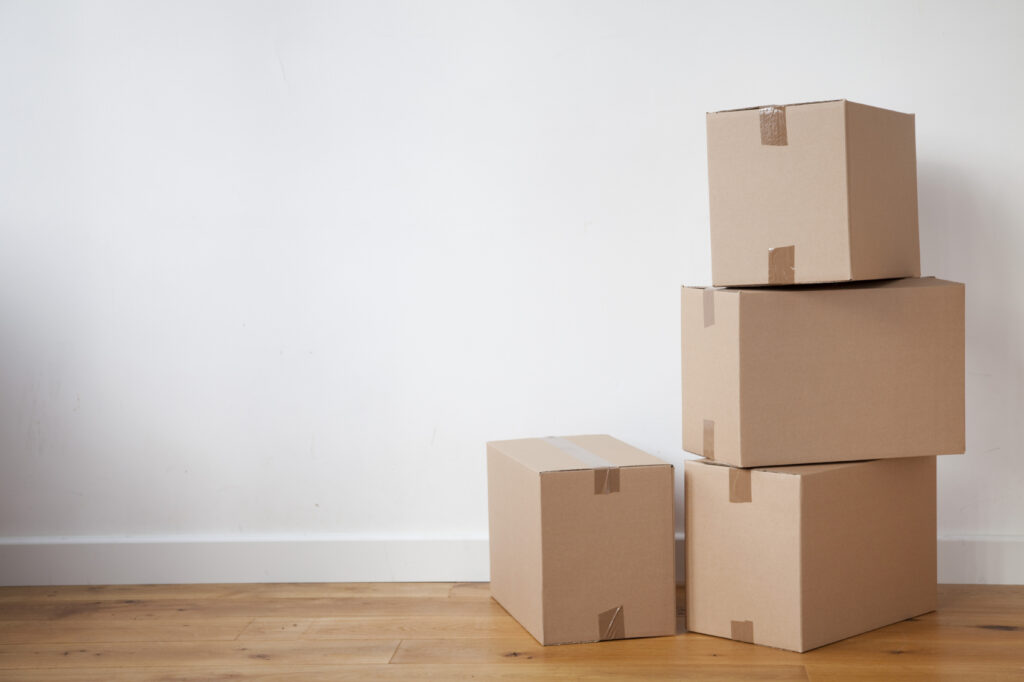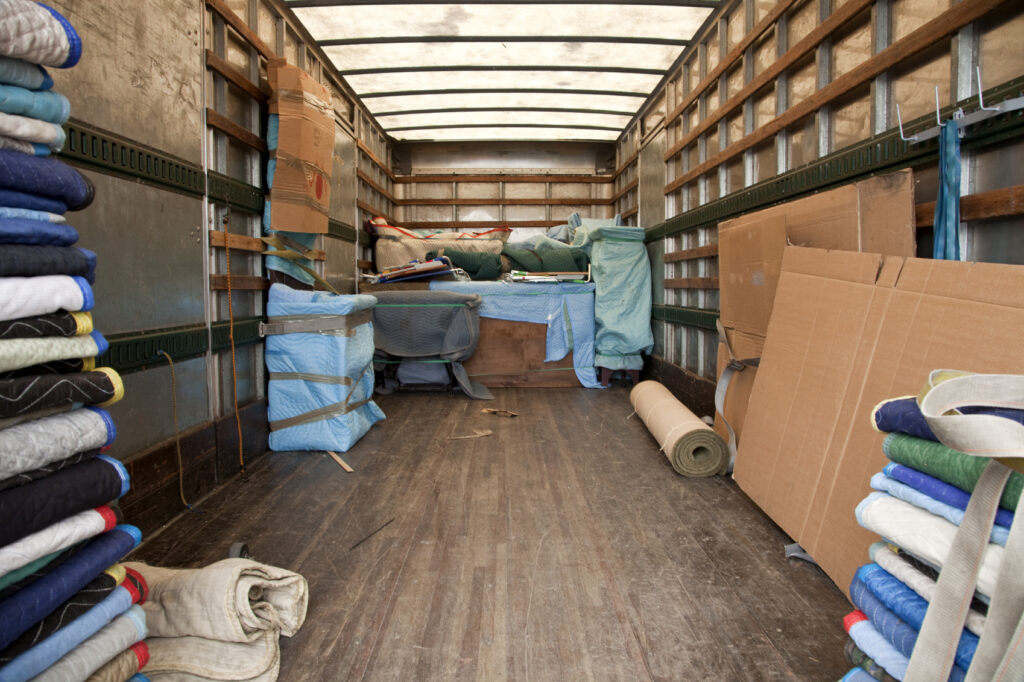By Cody Gales – Compare My Move
Whether you’re de-cluttering for a house viewing or going to be in-between homes, using self-storage for your house move can be a great way to save time, money and stress. Here are our 12 best tips for using self-storage.
1. Work out what items you need to store
Depending on the type of items you’re storing, you might need specialist storage to protect your items. Most of the time, a traditional self-storage unit will be ideal for the contents of your home, but if you have any special artwork, collectables or important documents, you might need to use a climate-controlled storage unit to help protect these items.
2. Work out the size of unit you need
From 10 sq. ft lockers all the way to 500+ sq. ft of space, storage units allow you to store as little or as much as you like. Working out the size of storage you’ll need is important so you can factor in the cost expected. To store the contents of a 2-bedroom house, you’ll need roughly 100 sq.ft of storage.
3. Compare quotes for storage providers
Now you know the size of storage you’ll need, it’s time to compare storage quotes. By comparing quotes from various storage providers, you’re ensuring you’re getting the best deal for your storage costs. Doing this early on will also help you to factor in any additional costs for your move.
4. Prepare your packing materials
It’s time to pack for storage. Gather your packing materials in advance so you’re prepared. You’ll need cardboard boxes, plastic storage containers for extra protection, bubble wrap, tape and pens to label. Although your items will be safe and secure in storage, you’re giving them that added level of protection if you pack safely.

5. Create an inventory for your items
Don’t forget to create an inventory for all of the items you’ll be placing in storage. By doing this, you’ll know exactly where everything is and what boxes each item is, making it easy to locate when the time comes. An inventory will also act as peace of mind in case the worst happens and something goes missing.
6. Use similar size storage boxes
Being clever with the storage boxes you use will allow you to make the most of your unit space. Using the same size storage boxes will mean you can easily stack the boxes, creating more space to utilise when it comes to unloading your storage in the unit.
7. Remember to label boxes
It’s important to label your storage boxes as you pack them so you know exactly what’s in each box. Many people underestimate the importance of labelling your boxes, but when it comes to visiting your storage unit to find a specific item, you’ll thank yourself for labelling.

8. Know what you can and can’t store
There are certain items prohibited from self-storage. Knowing what you can and can’t store will save you valuable time before your move. Items such as food and perishable goods, flammable or combustible material, hazardous and toxic materials, radioactive materials and firearms or ammunition are not allowed to be kept in storage units.
9. Store heavier items towards the back of the unit
Storing heavy items such as beds or tables towards the back of the unit will help you make the most of your space. Doing this also helps create a path to your storage instead of having bulky items in the way.
10. Store most-used items towards the front of the unit
It’ll make your time at your storage unit easier if you store the most used items at the front of the unit. By doing this, you don’t have to rummage around looking for what you need, minimising your time at the unit.

11. Be careful with fragile items
Make sure any fragile or valuable items are stored on top of your storage to avoid any damage to delicate items. You should wrap fragile items in extra protective equipment to minimise any breakages.
12. Get the right insurance
It’s common practice to take out insurance to protect your items for their duration in storage. According to Safe Store, they state that all items placed in their storage must be insured for their full replacement value on a ‘replacement as new’ basis.









